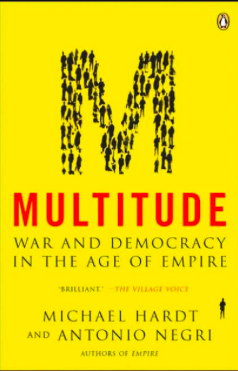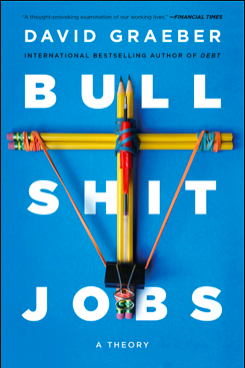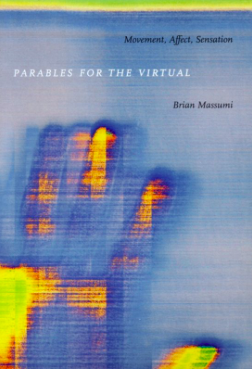Chapters 1 to 4
The main purpose of The Interpretation of Dreams is to prove that dreams are part of the waking state, that they are “a senseful psychological structure which might be introduced into an assignable place in the psychic activity of the waking state” (13). Dreams are, thanks to the technique Freud is about to present, a part which has no “official” belonging into the structures that form the waking state, conscious. In a way, the task of interpreting dreams, then, is a task of giving place, a task of ordering, or to assign order a missing part of its very own structure. Throughout the first chapter, Freud revisits many of the different approaches that have studied dreams. In the summary presented in this chapter, we learn that nothing is set on stone when it comes to discussing and interpreting dreams. For some authors, Freud says, “the discovery of the origin of some of the dream elements depends on accident” (22), or that what appears in the dream is what has been “pushed aside from the elaboration of the working thought” (35). Dreams escapes us, their mechanisms are not clear. Indeed, Freud affirms that “the entire memory of the dream is open to an objection calculated to depreciate its value very markedly in critical eyes. One may doubt whether our memory, which omits so much from the drea, does not falsify what is retained” (52). And yet, once we remember a dream, it is not so much a story that we remember, but “pictures… which resemble more the perception than the memory presentations” (55).
To interpret dreams, then, one should learn how to read pictures. These are the residual, but also excessive, symbolic activity of fantasy. Whereas in dreams the “clearness of language is rendered especially difficult by the fact that [they] show a dislike for expressing an object by its own picture,” in a dream what we have is a “strange picture,” one that “can only express that moment of the object which it wishes to describe” (86). The pictures we see in dreams are not like the acoustic images that years later Sausurre’s Cours de linguistique général, that is, the images of a dream are not attached to one single object but are only “that moment of the object which [the dream] wishes to describe” (86). The dream gives away, or reveals itself as a “somatic process… which makes itself known to the psychic apparatus by means of signs” (99). This serves as point of departure of Chapter 2, in which Freud presents a sample dream, the famous Irma’s injection dream. And subsequently, Chapter 3 and 4 introduce the notion of understanding the dream as a fulfillment both affirmative and negative (distorted).
In these four chapters we read some of the key contributions of what later would be psychoanalysis. Here for, instance, after Freud formulates that every dream is the manifestation of the desire to “fulfill a dream,” we read about the 2 forces, or systems, or streams (all these synonyms mentioned by Freud) that cause the dream formation. One of these “constitutes the wish expressed by the dream” (145), and the other one “acts as a censor upon this dream wish” (145). By the simile of the “censor,” we then realize that dream depends on a flow that wishes, desires, something, and that this affirmation is only available to consciousness by a process of censorship, a process of self-repression or even self-regulation. Freud puts the relationship between these two in the following terms: “Nothing can reach consciousness from the first system which has not first passed the second instance, and the second instance lets nothing pass nothing pass without exercising its rights and forcing such alterations upon the candidate for admission to consciousness as are pleasant to itself” (146). Conscience, for Freud, “appears to us as an organ of sense” (146). And the sense of consciousness is what is “pleasant to itself” (146). Hence, the act of censorship collaborates with the wish fulfilment. It is, then, not surprising that Freud closes the fourth chapter by describing the mechanisms of certain dreams that seem to distort, or withdraw from, the fulfillment of desire. Withdrawal, or repression, is by extension a form of affirmation, a machoistic one, a neurotic one, a hysteric one. Freud has summarized what later will inspire further works on the way jouissance is at the chore of the mechanisms of desire flow control.
While surely this book is mainly about the interpretation of t dreams. What would it take to read the text with its own proposed technique? Indeed, this book has an affective clear purpose. Freud seeks revenge: “if there were such a thing in science as right to revenge” (95), the interpretation of dreams will be part of that violent revenge. Freud, perhaps, is telling us that to think what escapes sense (dreams), one should be closer the Iliad’s first verses. One should open this thought, like Homer, with rage. And even more, what sort of rage will one find in Freud’s text if one were to consider that most of his examples involve leisure (the trips with his family in chapter 3), intoxication (cocaine in the injection that kills a friend of his in the dream example of chapter 2), the law (the judge at the end of chapter 4)? Would this be merely a rage directed to a reduced group? Or would this rage have the chance for thinking an heterogeneous but open field for thinking?










